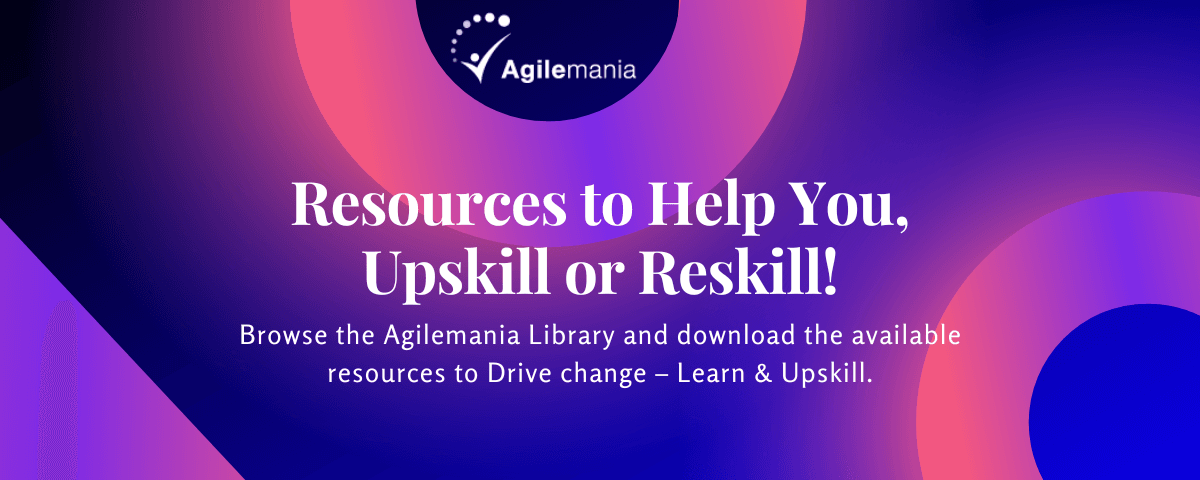CATEGORY LIST
Popular Post
-
![Agilemania Blog]()
What is a Continuous Delivery Pipeline an...
Nov 17th 2022 - BY Agilemania
-
![Agilemania Blog]()
Agile Transformation and High-Performance...
Dec 6th 2018 - BY Agilemania
-
![Agilemania Blog]()
What is AGILE? – What is SCRUM? An...
Feb 14th 2022 - BY
TAGS

- Agilemania
- Dec 29th 2022
Project design is the initial stage of a project in which the essential features, structure, success criteria, and significant targets are prepared. The purpose is to create one or more designs that can be used to meet the project's objectives. Stakeholders may then select the optimal design for project execution. Sketches, flowcharts, site trees, HTML screen designs, prototypes, picture impressions, and other outputs may result from the project design processes. A project's primary features, structure, success criteria, and significant deliverables are all planned out during the design stage.
A Step-By-Step Process For Designing A Project
Six essential phases define the project design process.1. Determine the project's goal
One should consult stakeholders and teammates to determine your project's goals and expected outcomes. Begin by planning a brainstorming session to document the project timeline and key deliverables. This assists you in knowing the project's needs and standards. Communicating with the team and asking for their feedback on the project's practicality and viability saves time wasted planning, executing, and evaluating and increases the likelihood of accomplishment.2. Identify outcomes and commitments
Determine the primary project goals and objectives, then break them down into digestible pieces and activities. These should include all the jobs and activities you will perform during the project. However, you may only finish the activity breakdowns later. Most project managers and teams choose to defer it until the project scheduling phase of project planning.3. Analyze the limitations and risks
Examine for things that might get you in the middle of finishing the assignment. Risks and constraints on time, money, and resources must be considered to identify elements that affect success. Follow up with the right teams and stakeholders to mitigate these concerns before the project begins. Document assumptions or hypotheses as the project advance to aid your Statement of Work (SOW) in the future.4. Ensure that you use a visual aid
Utilize visual aids to represent the known factors and goals. Representation facilitates understanding project deliverables, timeframes, risks, goals, and applications by teammates and other influential parties. Gantt charts, hierarchy charts, work charts, screen designs, prototypes, mind maps, diagrams, trees, flow charts, and so on are examples. Whenever choosing a visual tool to interact and cooperate, analyze the team's needs. A flowchart, for instance, is more successful for smaller teams focusing on simple tasks, but a breakdown architecture is better suited for large groups and complicated tasks.
5. Make a budget estimate
Budget clarity is essential from the start. Make a budget with as much detail as possible, even if you have yet to learn all the data. This decreases the likelihood of huge costs and under-budgeting during project implementation. Even during the project design phase, you may evaluate the feasibility by assessing your budget. If the price of a project is, at most, what your customer or supporters can pay, it is not practical.6. Determine how monitoring and approval will be handled
Establish your project's performance goals and develop benchmarks to evaluate if the results, deliverables, and outcomes are reached. Identify who is in charge of approvals and what processes must be followed for permissions to be effective.The Top Tips For Building A Great Project Design
Recognizing the project’s objectives is a requirement for developing efficient project designs. Additional suggestions for creating project designs involve:- Concentrate on the target: Align your objectives to project deliverables to ensure they are met while the project is carried out. Begin with the outcome and begin working your way backward. Using project timeline software, you may combine project goals with necessary activities.
- Plan a meeting with each stakeholder: Interaction is vital for the success of any endeavor. Invite team members and stakeholders to participate in the design process. This assists in bringing everybody engaged together and ensures that everybody is conscious of and dedicated to the project's aims.
- Examine and revise: Project design is not a one-time event. With time, your design documentation could need to be altered and maintained. It is standard practice to adjust project designs as new data emerges as the project progresses.
Find Our Upcoming Training


Agilemania
Agilemania, a small group of passionate Lean-Agile-DevOps consultants and trainers, is the most trusted brand for digital transformations in South and South-East Asia.
Sign up for Agilemania Newsletter
Stay updated with the latest Agile & Scrum trends.
CATEGORY LIST
Popular Post
-
![Agilemania Blog]()
What is a Continuous Delivery Pipeline an...
Nov 17th 2022 - BY Agilemania
-
![Agilemania Blog]()
Agile Transformation and High-Performance...
Dec 6th 2018 - BY Agilemania
-
![Agilemania Blog]()
What is AGILE? – What is SCRUM? An...
Feb 14th 2022 - BY
TAGS
Agilemania is a group of passionate Lean-Agile-DevOps consultants and trainers focused on delivering measurable, sustainable results for our clients.
Connect with us on Social Media
Knowledge Area
Agilemania Technologies Private Limited © 2024 All rights reserved.

Provide Below Information!
One of our representative will get back to you shortly.






